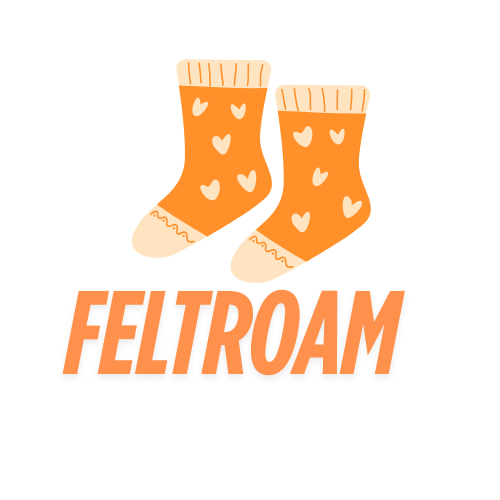Introduction
Handmade wool felted socks are more than just garments; they are cultural artifacts that tell stories of heritage, identity, and artistry. Their global appeal lies in their ability to connect wearers to diverse traditions while offering comfort and style.
Historical Roots
Felting has ancient origins, with evidence of felted textiles dating back to Central Asia. In many cultures, felted garments were essential for survival in harsh climates. Over time, these functional items evolved into expressions of cultural identity, adorned with symbols and motifs unique to each community.
Regional Variations
Different regions have distinct felting techniques and designs:
-
Mongolia: Known for thick, durable felted boots called ‘gutuls,’ often decorated with intricate patterns.
-
Scandinavia: Emphasis on minimalist designs with natural hues, reflecting the Nordic aesthetic.
-
Eastern Europe: Vibrant colors and floral motifs dominate, showcasing a rich tapestry of folklore and tradition.
Modern Interpretations
Contemporary artisans draw inspiration from traditional designs, adapting them to modern tastes. Collaborations between designers and traditional craftsmen have led to innovative products that respect heritage while appealing to global markets.
Global Market and Appreciation
The global market for handmade felted socks has expanded, with consumers valuing authenticity and craftsmanship. Online platforms have enabled artisans to reach international audiences, fostering cross-cultural appreciation and exchange.
Preservation of Craft
The growing interest in handmade felted socks contributes to the preservation of traditional crafts. Workshops, exhibitions, and educational programs are emerging worldwide, ensuring that these skills are passed down to future generations.
Conclusion
Handmade wool felted socks serve as a bridge between the past and present, local and global. They encapsulate the essence of cultural heritage while adapting to contemporary lifestyles, making them cherished items across the world.
